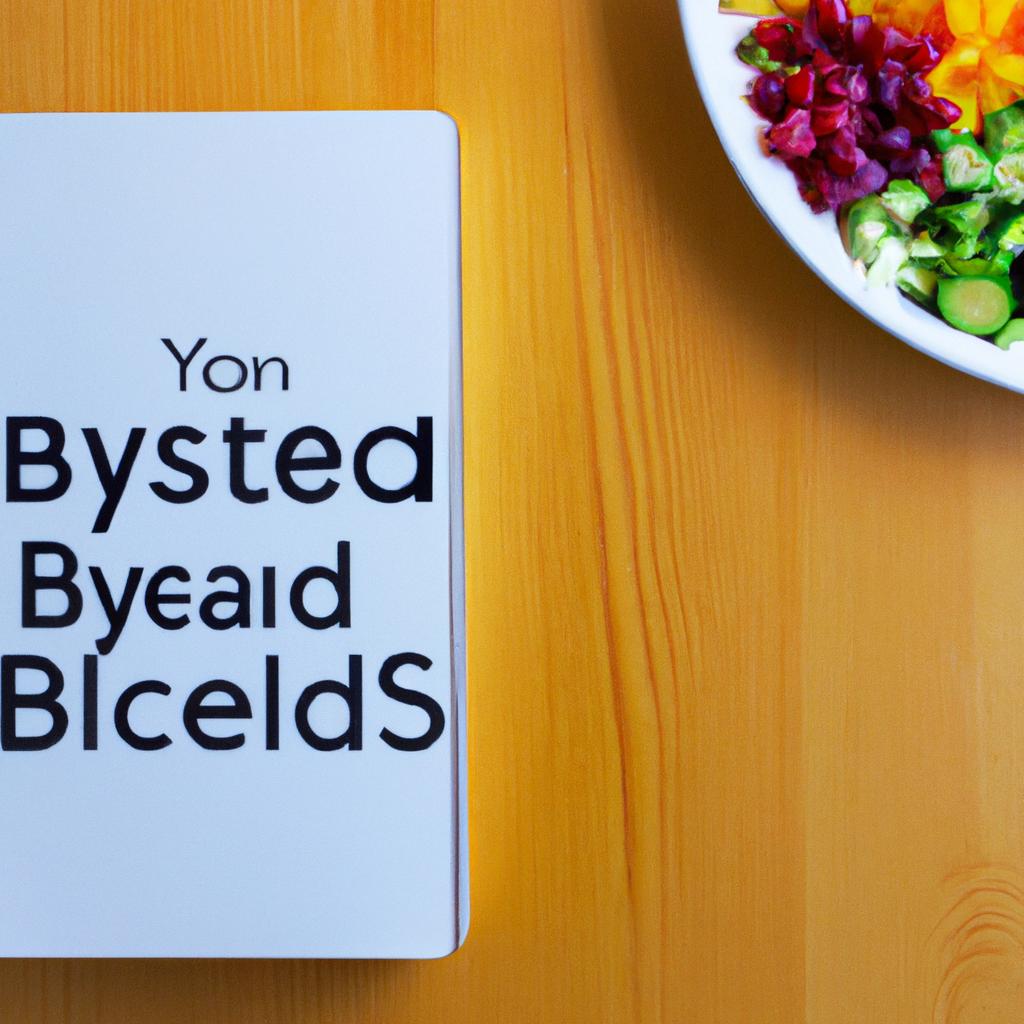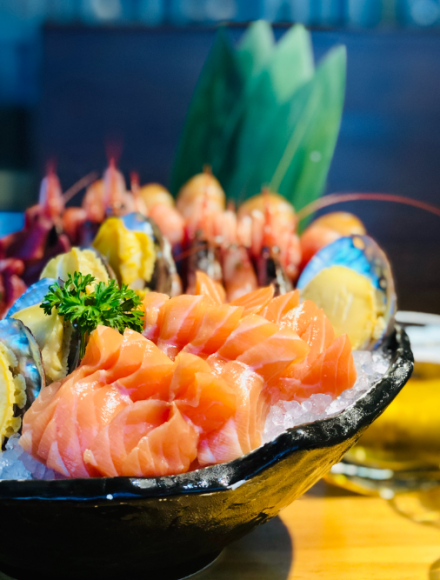Fueling Wellness: The Importance of a Balanced Diet for a Healthy Lifestyle

In a world increasingly consumed by the hustle and bustle of daily life, the significance of nurturing our bodies often takes a backseat. Yet, at the heart of a vibrant and fulfilling life lies a fundamental truth: wellness is deeply intertwined with what we eat. “Fueling Wellness: The Importance of a Balanced Diet for a Healthy Lifestyle” invites us to explore the remarkable impact that a thoughtfully curated diet can have on our physical, mental, and emotional well-being. From the energy we draw to power through our day to the clarity of mind that allows us to tackle challenges with ease, this article delves into the essential components of a balanced diet, revealing how conscious food choices can pave the way for a healthier, more harmonious existence. Join us on this journey to discover how the simple act of nourishing ourselves can be a profound step toward achieving a resilient and thriving lifestyle.
Nourishing Your Body: The Essential Elements of a Balanced Diet
In the journey toward optimal health, embracing a variety of food groups is key to ensuring your body receives the nourishment it craves. A well-rounded diet should include:
- Fruits and Vegetables: These vibrant food groups are packed with essential vitamins, minerals, and antioxidants that promote overall wellness.
- Whole Grains: Incorporate options like brown rice, quinoa, and whole-grain bread to provide sustained energy and vital nutrients.
- Proteins: Lean meats, fish, eggs, legumes, and nuts are crucial for muscle repair and immune function.
- Dairy or Alternatives: Sources of calcium like yogurt, cheese, or plant-based alternatives support strong bones and teeth.
- Healthy Fats: Foods like avocados, olive oil, and nuts supply essential fatty acids that enhance brain function and heart health.
To better visualize how these elements fit into a balanced diet, consider the following breakdown of a typical plate. This simple table showcases proportions to help you easily plan nutritious meals:
| Food Group | Proportion of Plate |
|---|---|
| Fruits and Vegetables | 50% |
| Whole Grains | 25% |
| Proteins | 20% |
| Dairy or Alternatives | 5% |
By carefully curating your meals according to these essential elements, you can foster a nourishing environment that energizes your daily life, supports long-term health, and encourages a harmonious relationship with food.

Visualizing Balance: How to Create Your Ideal Plate for Optimal Health
Understanding how to fill your plate can be a game-changer when it comes to achieving your wellness goals. A vibrant and well-rounded plate encompasses a variety of colors, textures, and nutrients, reflecting a balanced intake. To visualize your ideal plate, consider incorporating the following elements:
- Fruits and Vegetables: Aim for at least half your plate to be filled with an assortment of fresh fruits and vegetables. Think leafy greens, bell peppers, berries, and citrus fruits to boost your vitamin intake.
- Protein Sources: Choose lean proteins such as chicken, fish, legumes, or tofu. These not only provide essential amino acids but also contribute to satiety.
- Whole Grains: Include fibrous whole grains like quinoa, brown rice, or whole wheat pasta. These carbohydrates help sustain energy levels throughout the day.
- Healthy Fats: Incorporate a small portion of healthy fats, such as avocados, nuts, or olive oil, to enhance nutrient absorption and flavor.
To bring this visual concept to life, you could think of your plate as a palette, where every section represents a different group of nutrients. One effective approach is the MyPlate method, which emphasizes simplicity in creating a balanced meal. You can even create a quick reference table to help you remember the ideal proportions:
| Food Group | Recommended Portion |
|---|---|
| Fruits & Vegetables | 50% |
| Protein | 25% |
| Grains | 25% |
| Healthy Fats | Small Amount |

Beyond Food: The Role of Diet in Mental Well-Being and Lifestyle Sustainability
When we think about sustenance, it’s easy to focus solely on physical nourishment. However, the intricate relationship between what we eat and how we feel extends far beyond immediate hunger satisfaction. A balanced diet can significantly affect our mental well-being, enhancing mood, cognitive functions, and overall emotional stability. Research has increasingly shown that specific nutrients play vital roles in brain health—omega-3 fatty acids, antioxidants, and B vitamins, for example, are linked to improved memory and reduced symptoms of anxiety and depression. By prioritizing these nutrients in our meals, we empower ourselves to foster resilience against the everyday stresses of life.
Moreover, the impact of a well-rounded diet ripples through our lifestyle choices and sustainability practices. Eating seasonally and locally not only bolsters mental health through fresh produce but also reduces the carbon footprint associated with food transport. It encourages a mindful approach to consumption, emphasizing the importance of whole foods over processed options. Here’s a thoughtful table that showcases how certain foods can bridge dietary choices with mental well-being:
| Food Group | Mental Health Benefit |
|---|---|
| Fatty Fish | Boosts mood and cognitive function |
| Berries | Reduces symptoms of anxiety and depression |
| Leafy Greens | Enhances brain function and memory |
| Whole Grains | Stabilizes blood sugar levels and mood |
By making conscious choices about our diets, we can not only enhance our mental well-being but also support a sustainable lifestyle that respects both our health and the planet. Embracing a variety of colorful, nutrient-dense foods creates a rich tapestry of flavors and benefits, merging personal wellness with global responsibility.
In Retrospect
embracing a balanced diet is akin to crafting a masterpiece; each ingredient plays a vital role in achieving the harmony necessary for a vibrant, healthy lifestyle. As we navigate the complexities of modern living, it’s essential to remember that our bodies thrive on nourishment that fuels not only our physical being but also our mental well-being. By making mindful choices and celebrating the diversity of food, we can cultivate a relationship with our meals that uplifts and sustains us.
As we step away from the constraints of diet fads and fleeting trends, let us redefine wellness through the lens of balance and moderation. Ultimately, the journey toward a healthier life is not a destination but a continuous exploration of flavors, nutrients, and delightful discoveries. In this quest, may we find our unique paths, nourish our bodies, and revel in the abundance that nature provides. Embrace the art of balanced eating, and watch as it transforms not only your health but your entire approach to life.





